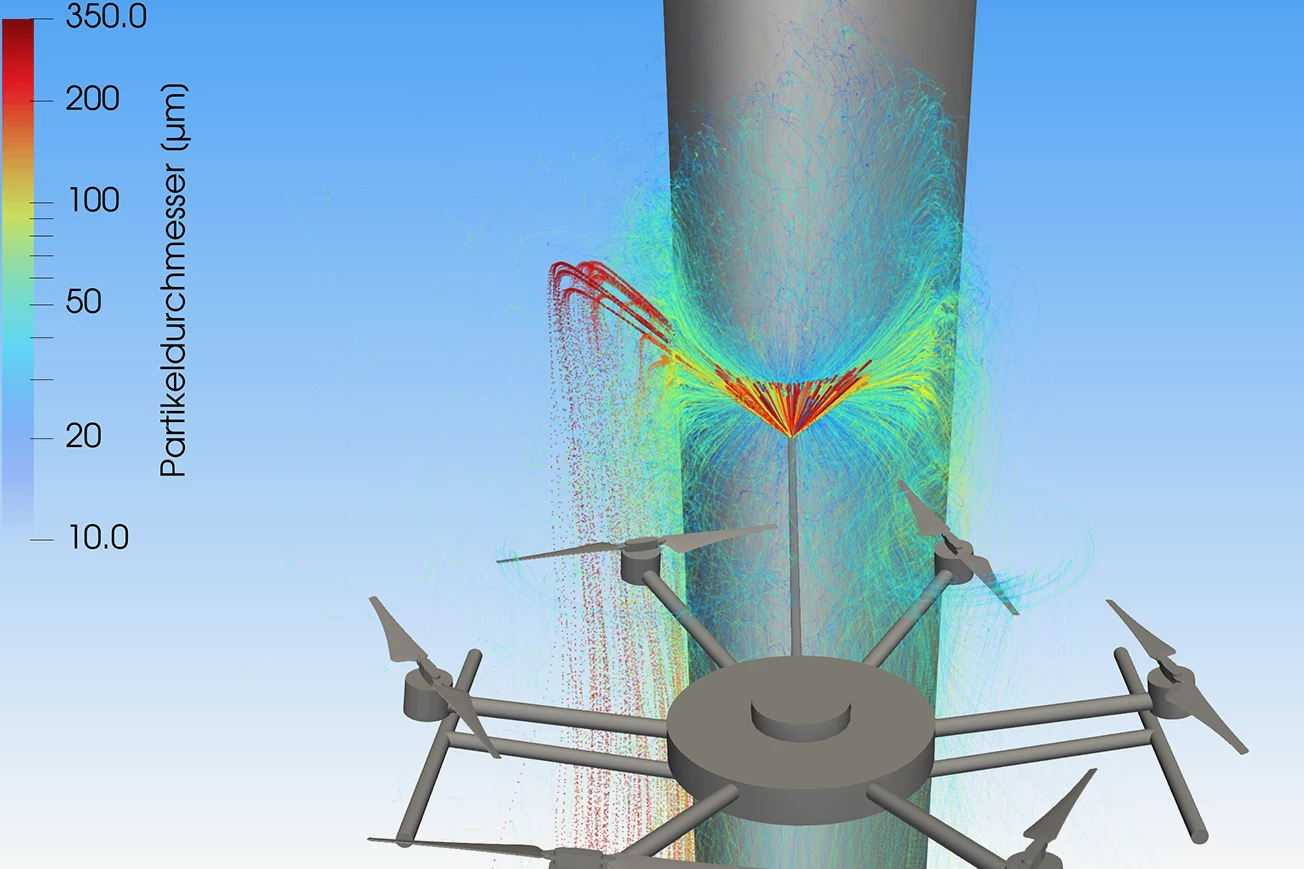Not unlike the wings of airplanes, the blades of wind turbines need to be kept ice-free in order to function properly. Scientists have now developed an inexpensive method of using drones to apply an eco-friendly anti-icing coating to those blades.
If too much ice accumulates on wind turbine blades, they will turn more slowly, producing less energy. What's more, if an equal amount of ice isn't present on all three blades, the turbine's balance may be thrown off, leading to increased wear and possibly even catastrophic failure.
There are anti-icing heating systems that can be built into the blades, but these may be beyond the financial means of many wind farm operators. The same can be said for using helicopters to apply ice-prevention chemicals.
Seeking a more economical but still effective alternative, scientists from two branches of Germany's Fraunhofer research group recently started looking to drones. The research project is known as "TURBO – Temporary coating by means of drones."
In the current version of the resulting system, a hexacopter drone is equipped with a small pump that delivers a urea/wax anti-icing fluid from an onboard tank into a long, thin lance. The fluid is sprayed at high pressure from the lance's nozzle – which is just 0.3 mm wide – producing tiny droplets with a diameter of 100 micrometers.

Utilizing this setup, the drone has successfully been used to apply coatings of the atomized droplets onto the ice-prone edges of wind turbine blades, even at wind speeds of up to 35 km/h (22 mph). Once solidified, those coatings prevent ice formation for several weeks before losing adhesion – a fresh coating is then applied.
The scientists are now seeking industry partners to help commercialize the TURBO technology. It could conceivably also find use in the maintenance of power lines, the upper levels of tall buildings, or other things that are difficult to reach by conventional means.
Source: Fraunhofer




